How would you like to spend your vacation in a pedestrian-friendly city that’s also accessible by car?
How nice it would be to enjoy long street walks early in the morning, coffee breaks by noon, waterfront walks late afternoon, and tasty dinners by candlelight in the evening, without having to inhale fumes from vehicles or to put up with noisy horns.
How can you have all of these without needing to drag your luggage along cobbled streets, to climb stairs on uneven sidewalks or to walk for a very long time to find a taxi?
Welcome to Valetta, the pedestrian-friendly city, Malta’s beautiful capital, with its amazing views and great restaurants!
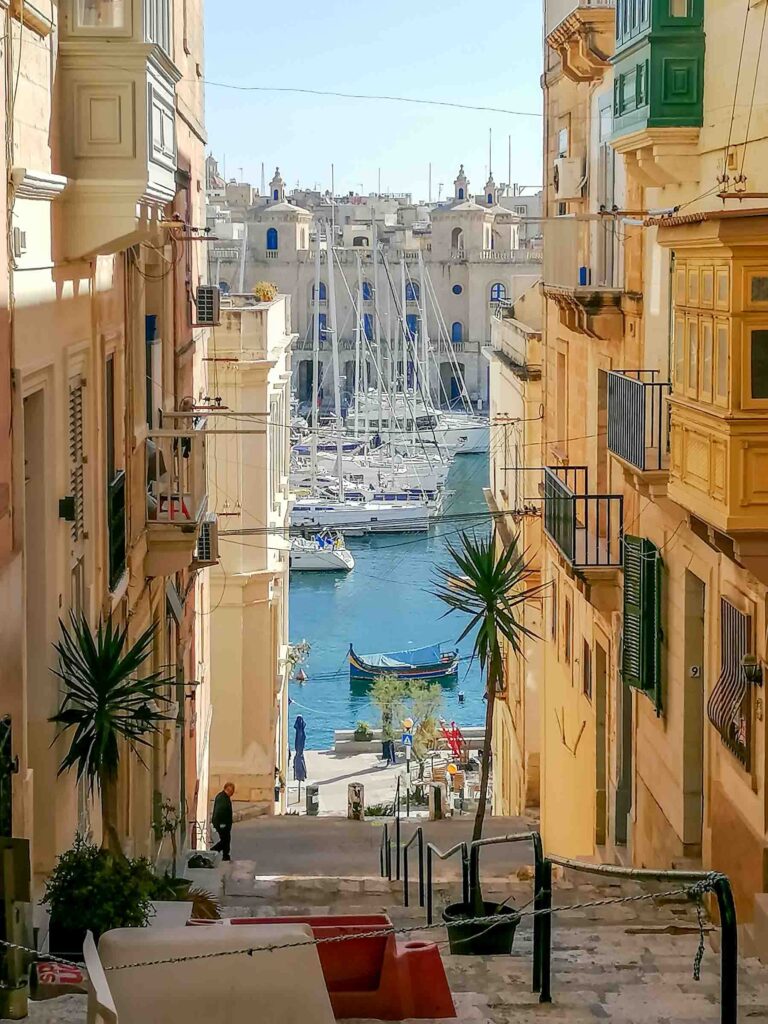
Main Topics of The Pedestrian-Friendly City in Malta that’s Also Accessible by Car
Valetta’s Unique Urban Layout
Valletta is a pedestrian-friendly city with a grid-like street network, where some streets are pedestrianized while others allow vehicle access, making it accessible by car as well.
This urban layout is best for everyone. Tourists can get from the airport to their hotels in Valetta without having to walk too much.
Merchandise suppliers can bring their vehicles near their customers. People can grab a taxi, Uber or Bolt from the nearest street corner.
At the same time, everybody can enjoy walking along pedestrian-only streets, sit at coffee shops on the sidewalks or enjoy dinner at restaurants located directly on such streets.
Mdina has a similar structure, but a totally different layout than Valetta. Check out my article about Mdina to see if it’s worth visiting.
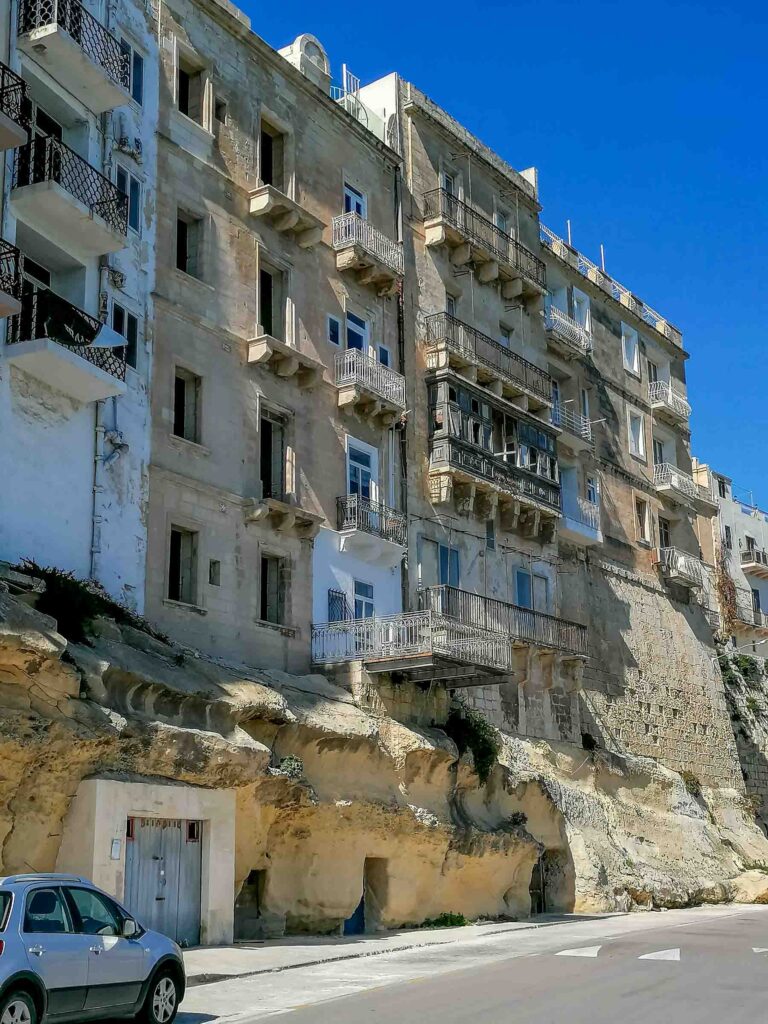
The Grid-like Street Network
Valletta was planned and built by the Knights of St. John in the 16th century after the Great Siege of Malta.
The city’s design was influenced by the grid-like street patterns of Renaissance cities in Italy. At the same time, the plan of Valetta was developed with defense in mind.
A properly planned grid-like layout was a smart choice, as it allowed the flow of troops and canons during times of war.
Pedestrian-only Streets
Here are the main pedestrianized streets in Valetta:
- Republic Street (Triq ir-Repubblika)
- Merchants Street (Triq il-Merkanti)
- Old Bakery Street (Triq il-Furnar)
- Old Theatre Street (Triq it-Teatru l-Antik)
There are many advantages to this type of urban layout such as pedestrian safety, reduced noise and air pollution, better visiting and shopping experience, and more alfresco dining opportunities.
Vehicle-accessible Streets
List of major vehicle-accessible streets:
- St. Anne Street (Triq Santa Anna)
- St. Christopher Street (Triq San Kristu)
- St. John Street (Triq San Ġwann)
- St. Paul Street (Triq San Pawl)
Car accessibility is important for residents to be able to access their homes and businesses, for visitors to conveniently get to their hotels, the delivery and service vehicles to operate within the city, and emergency vehicles to navigate through whenever needed.
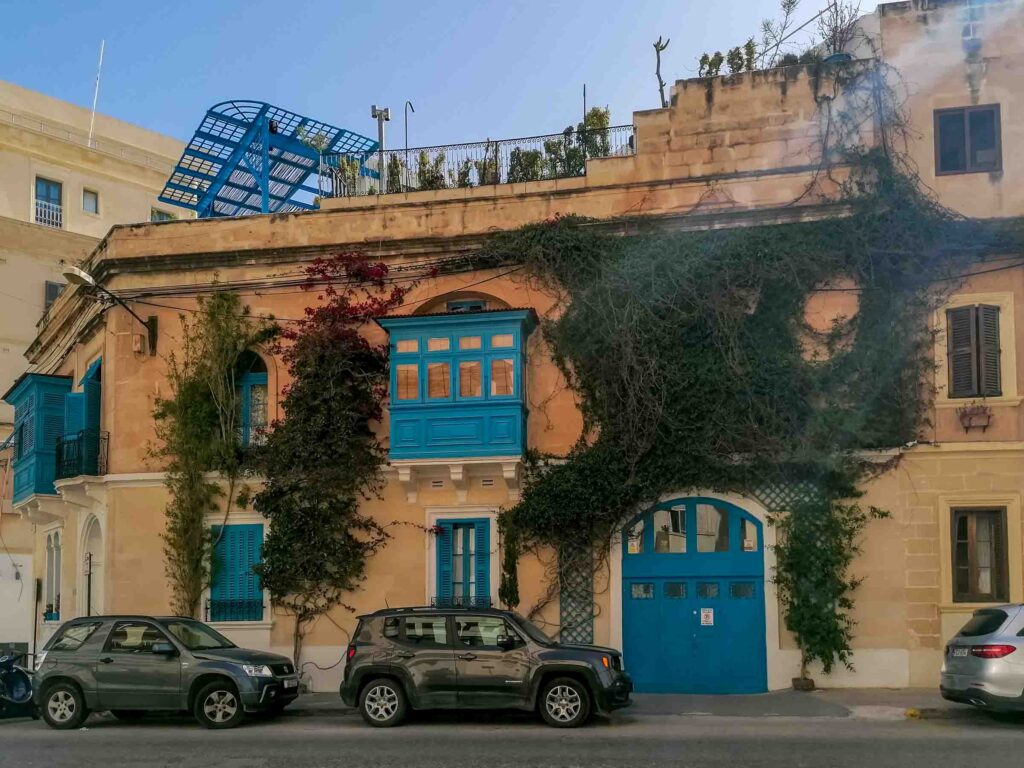
Public Transportation in Valetta
Buses aren’t allowed inside the city. The bus terminus is located just by the main city gate. It connects Valetta to all major towns and villages across Malta.
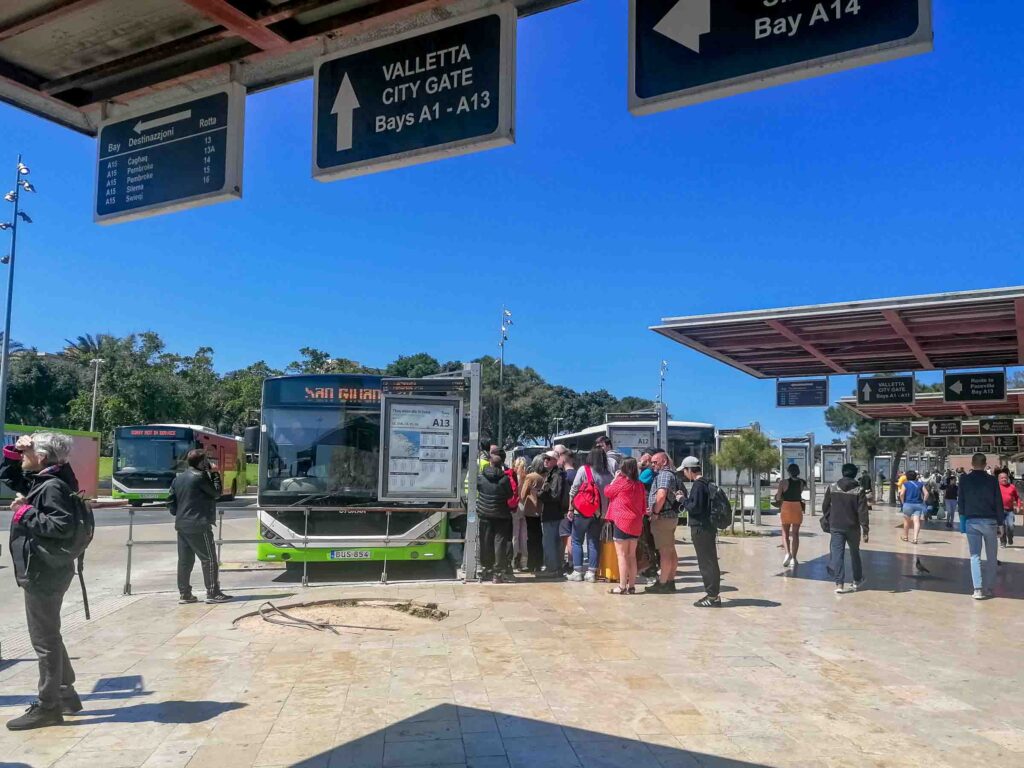
Taxis and ridesharing vehicles are allowed inside the city walls, as well as the horse-drawn carriages known as karrozin. Should you require transportation to a restaurant, hotel or attraction inside Valetta, you can always use one of these.
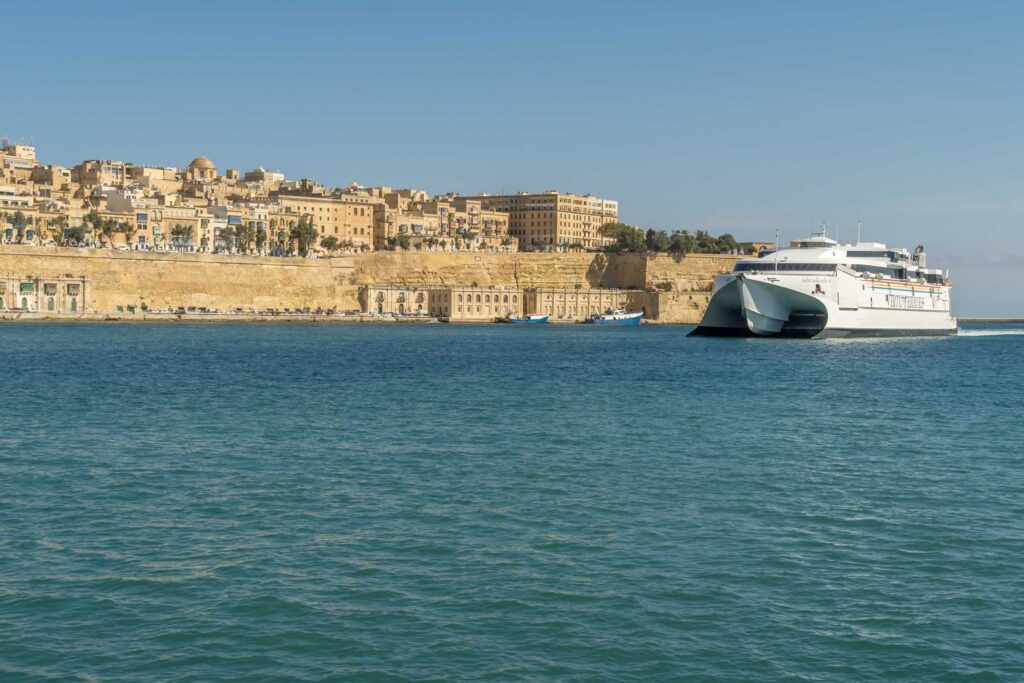
The Maltese have found the right method to preserve the historic character if the city while also accommodating modern-day transportation needs.
I enjoyed choosing a street, walking along until I reached the waterfront, then returning on another street, and so on, until I reached the Upper Barakka Gardens.
I found so many beautiful doors, doorknobs and murals, that I spent hours without stopping. Valetta is an open-air museum.
I wish we had this type of walkable, yet connected urban layout in more cities in Europe!
There are so many things to do and see in Valetta, that being able to access them both on foot and by car is a blessing.
- Dingli Cliffs: How To Visit Malta’s Highest Point - April 24, 2024
- Blue Grotto Malta - April 23, 2024
- Ramla Beach Gozo, Maybe the Best in Malta - April 9, 2024

